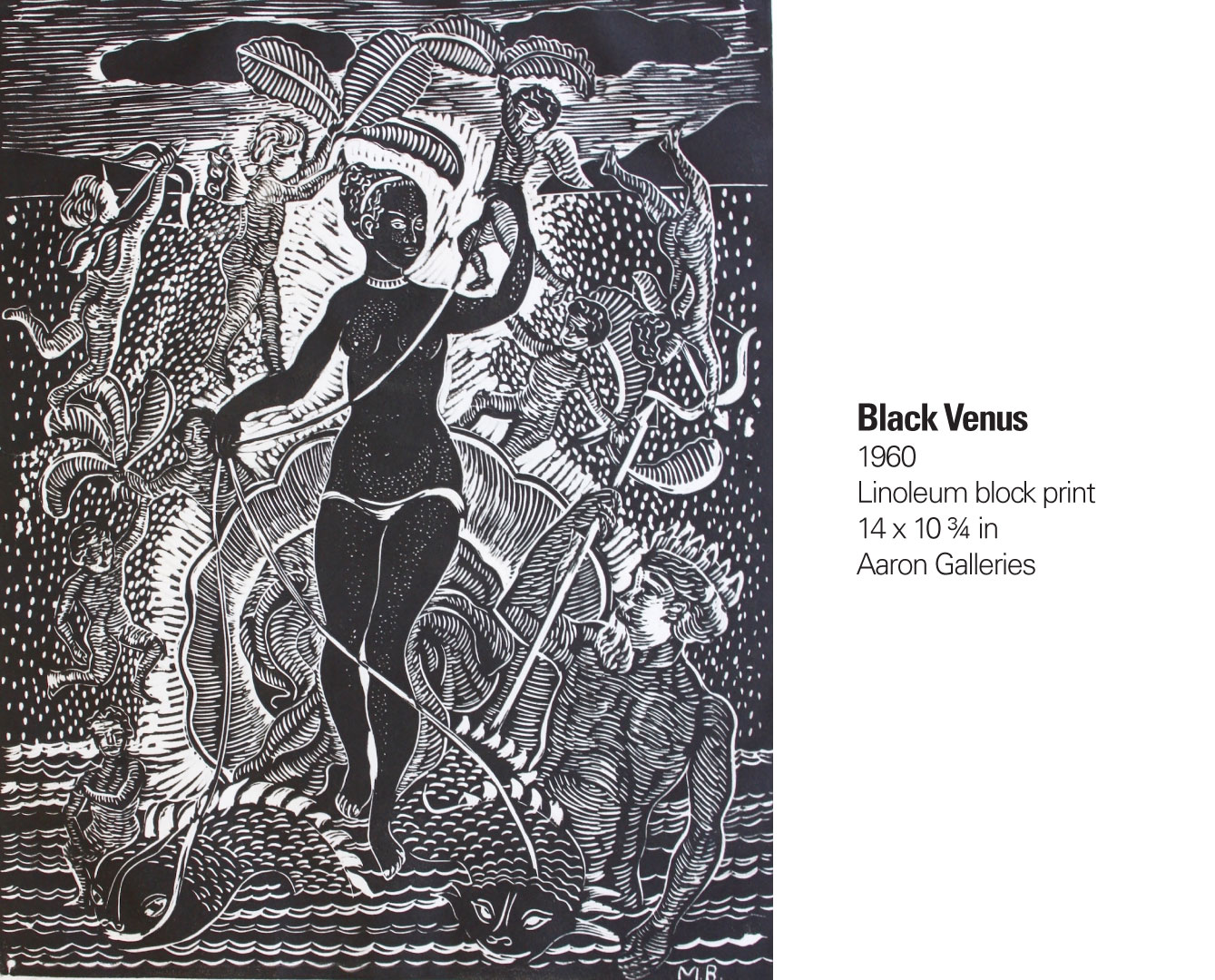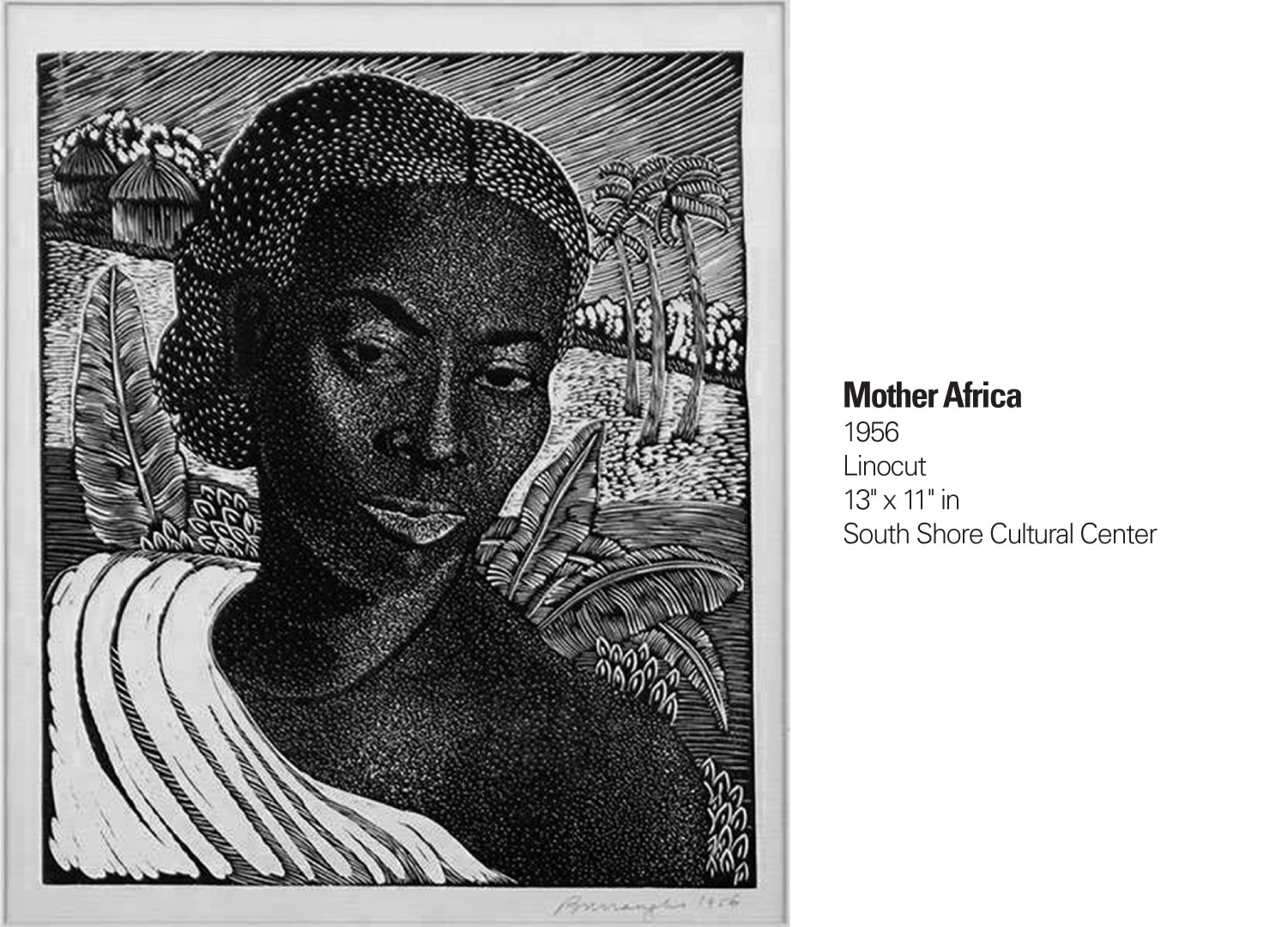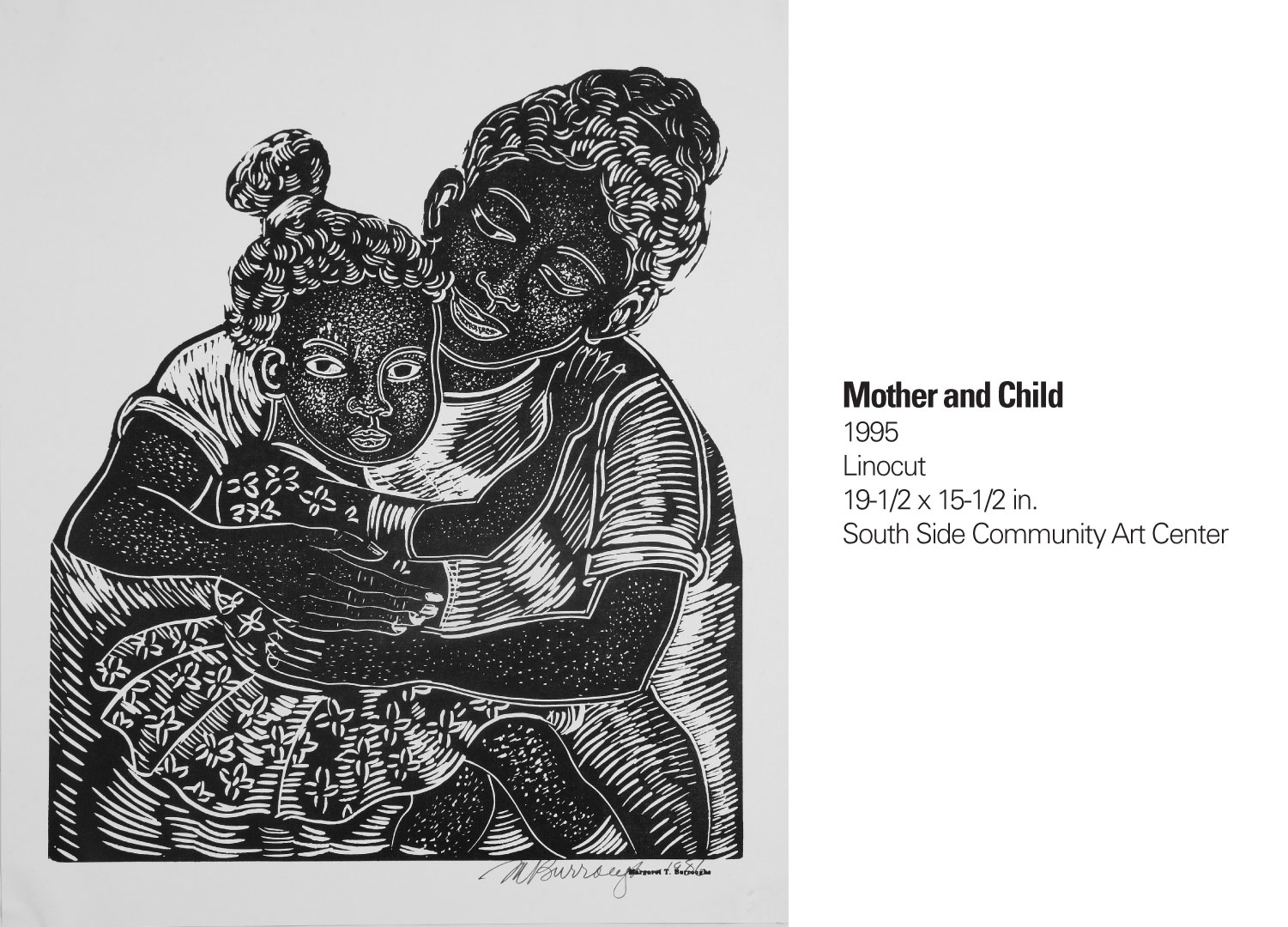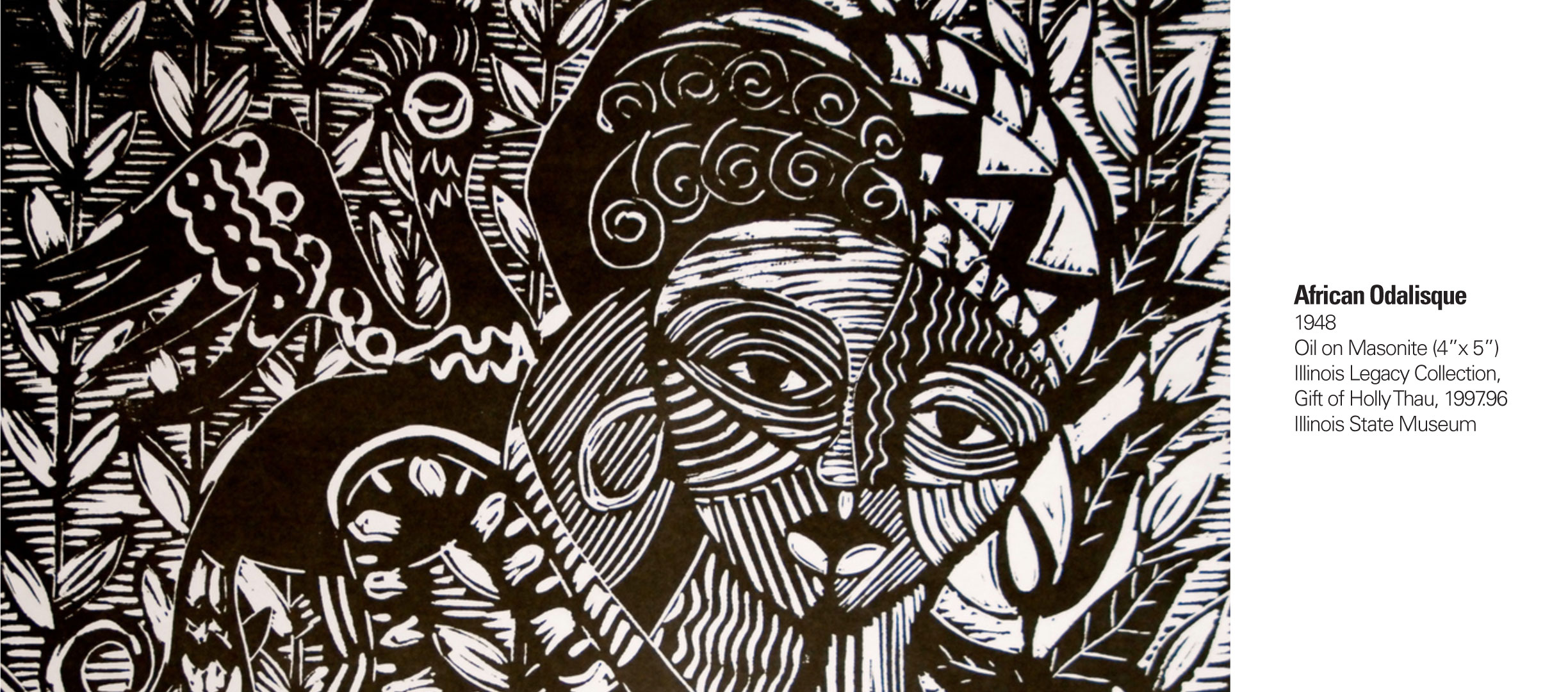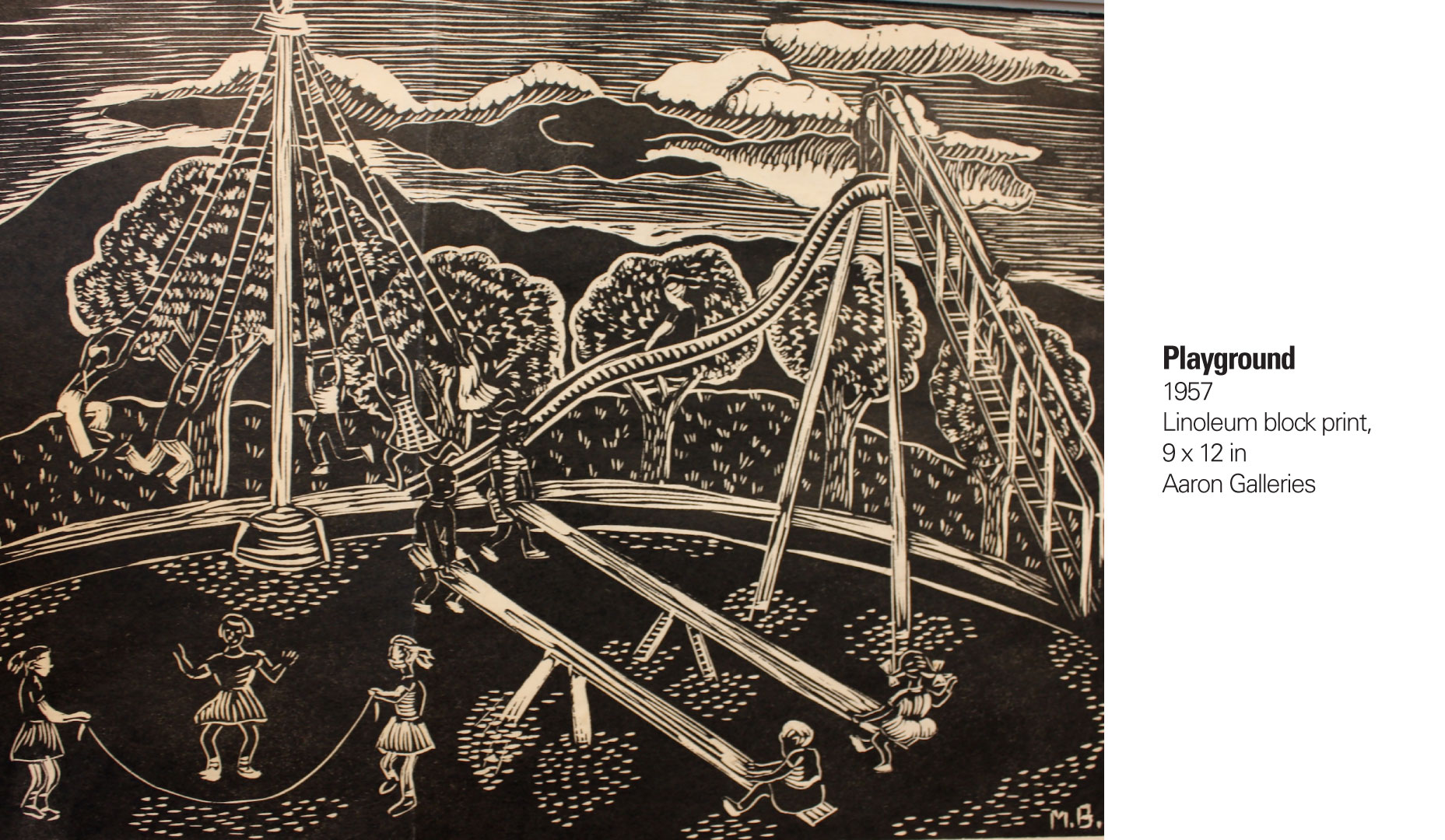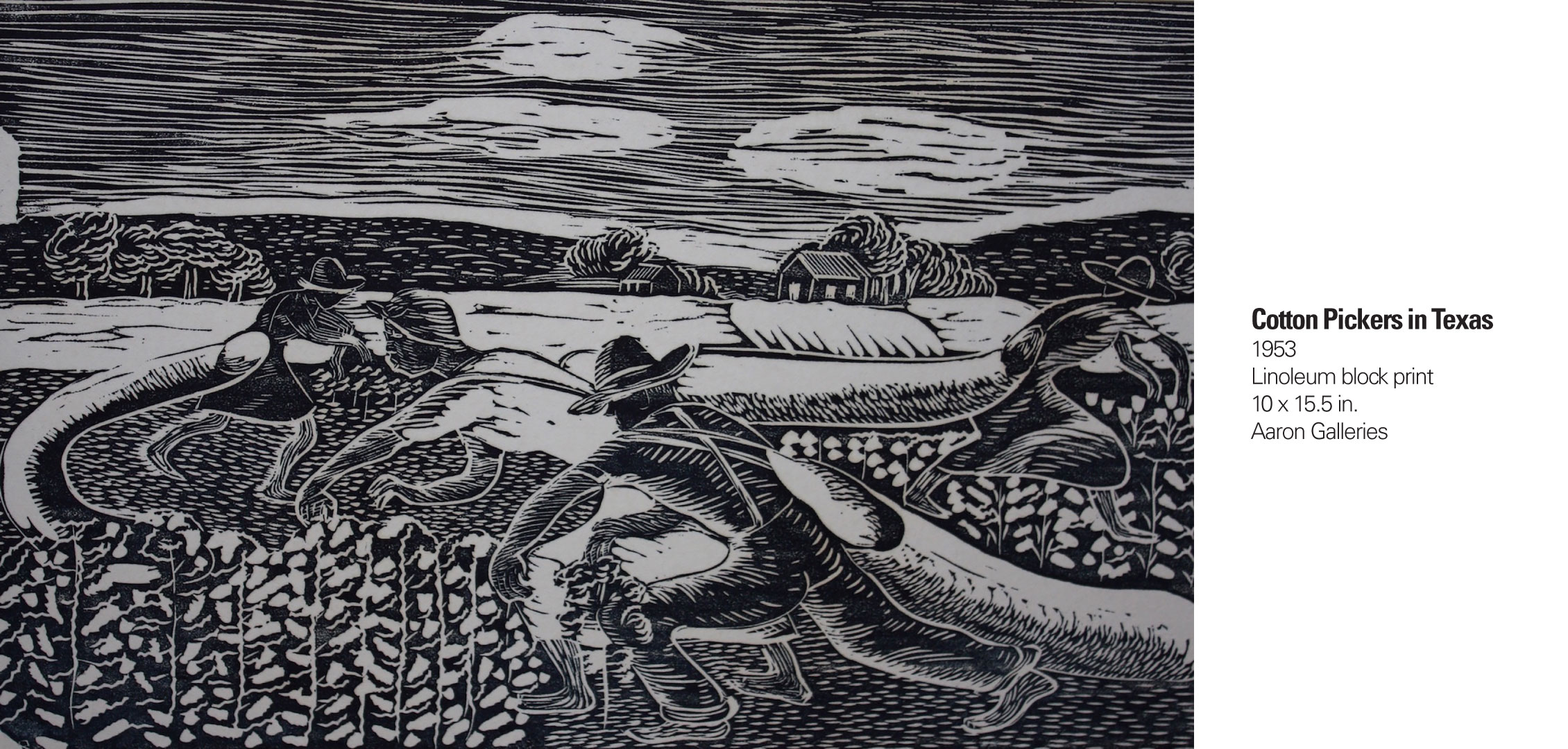Margaret Burroughs
1915, St. Rose, LA – 2010, Chicago, IL
Burroughs saw value in native plants in time when they were often ignored or considered a nuisance. This is a common theme in much of her life’s work.
– Faheem Majeed
A colorful flower managing to survive in the dry ground between cracked concrete in a vacant south side lot or black and brown people creating beautiful images despite being disenfranchised by racism and poverty… Dr. Margaret Burroughs was able to see beauty, but more importantly, she believed in nurturing and praising that beauty.
Born Margaret Victoria Taylor in 1917 in a small Louisiana town, Dr. Burroughs grew up watching her father and grandfather farm on plantation land were her family had formerly been enslaved. Dr. Burroughs often spoke of her grandfather taking pleasure in crossbreeding fruits in the hopes of creating a new and unique strain. And while they loved their land, like so many other African-Americans, Burroughs’s family fled the oppressive south to Chicago in hopes of finding jobs and a new home in the city.
Although her time in the south on the farm was brief (her family left when she was just five) she often spoke about the many fond memories of that time and one could surmise that the contrast of that experience with city life had a considerable influence on shaping her art.
The seeds of art, advocacy, and determination were planted in Burroughs at young age through watching her father, Christopher Taylor, toil the earth in the south and work in the factories in the north. Her mother, Octavia Pierre Taylor, taught at the school house by day and cleaned houses in the evening. Burroughs received her teaching certificate from the Teachers’ College at Chicago Normal College (1939), now known as Chicago State. She went on to receive a BFA (1942) and MFA (1948) from the School of the Art Institute of Chicago. However, it was her time in Mexico (1952) where she studied with Taller de Gráfica Popular that most influenced her style of print making. Her linocut and wood block prints often depict two kinds of black images – black people with significant contributions to history or everyday black people doing everyday things – to provide inspiration as well as validation. And while the images of people are at the forefront of these works, the images of flora are often present in the background as supporting characters, providing depth and possibly acting as a visual metaphor for her people.
Burroughs saw value in native plants in time when they were often ignored or considered a nuisance. This is a common theme in much of her life’s work. Whether you consider her thirty years of teaching in Chicago Public Schools, decades of teaching art at Statesville Prison, or founding the first museum of African-American history, she saw value and potential in people and worked to plant seeds of possibly, create space for growth, and nurture what society considered hopeless.
I came to know Dr. Margaret Burroughs during my time as Curator and Executive Director (2005-2011) of the South Side Community Art Center, a black arts non-profit in Bronzeville that Burroughs also helped to found. I remember her taking walks through Bronzeville‘s numerous vacant lots that were the former sites of the Robert Taylor homes and creating bouquets of Milk Weed, Black-Eyed Susan, Purple Cone Flower, Jacob’s Ladder, and Golden Alexander. She would bring these bouquets to the Center and place them in the empty pottery of artists like Marva Pitchford-Jolly or Esalean Henderson. She would tell us that Milkweed attracted the Monarch Butterfly and how it would migrate from Mexico to Chicago.
For me, the power and legacy of Dr. Burroughs is that she not only saw the beauty in flora and people that survived despite challenges, but she also believed in building institutions and cultivating spaces where that beauty could grow. Perhaps Dr. Burroughs’s daughter, Gayle G. Hutchinson, stated it best in a versus from a poem she dedicated to her mother titled “Plant a Seed Within the Ground”:
… “Plant a seed within the ground, with prayer and care you turn around Let spring rain come that follows sun, the fertile earth the seeds rebirth Into a living, growing sprout with germ within and God about Now watch it grow, the earth below grows distant from the top most peak To sun and sky to it doth speak. ”…
Faheem Majeed, Artist
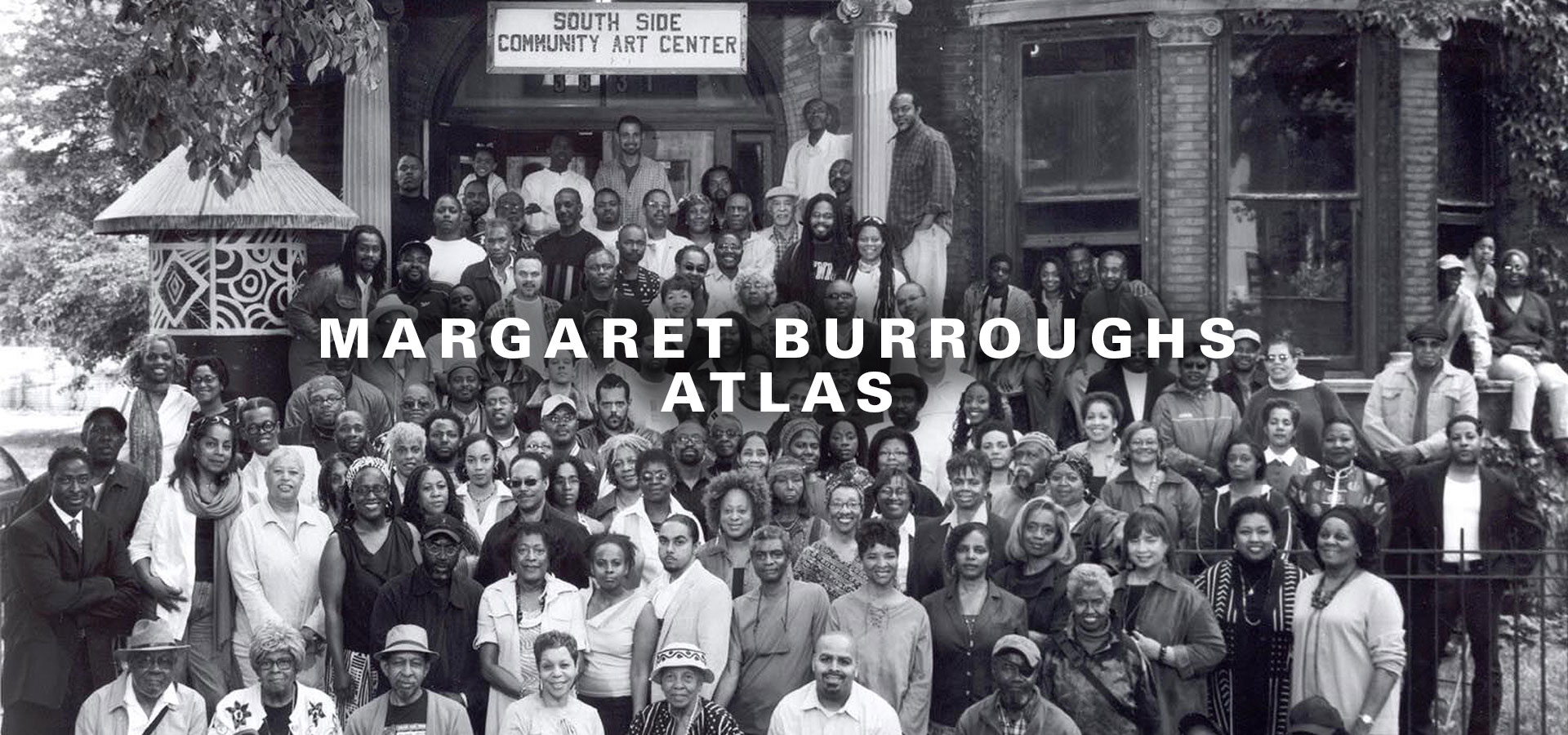
Butterfly Palm / Areca Palm
Botanical Name: Chrysalidocarpus Lutescens/ Dypsis lutescens
Common Names: Butterfly Palm, cane palm
Family: Arecaceae
Native Range: Madagascar
Hardiness Zone: 10-11
Black-Eyed Susan
Botanical Name: Rudbeckia Hirta
Common name: Black-eyed Susan
Family: Asteraceae
Native Range: Central United States
Hardiness Zone: 3 – 7
Purple Coneflower
Botanical Name: Achinacea Purpurea
Common name: Purple Coneflower
Family: Asteraceae
Native Range: Eastern North America
Hardiness Zone: 3 – 8
